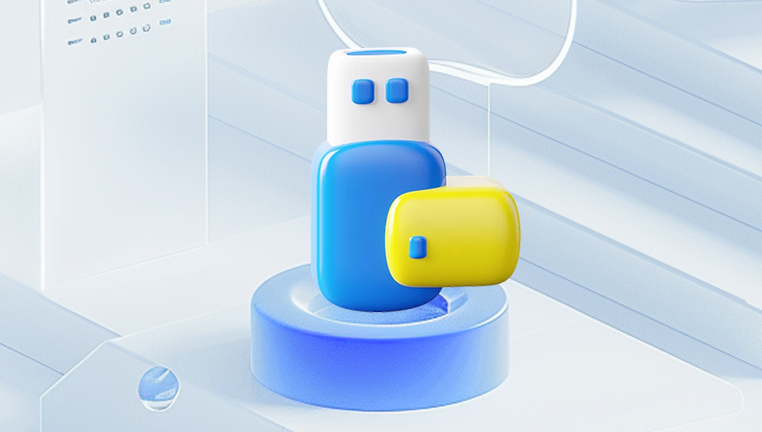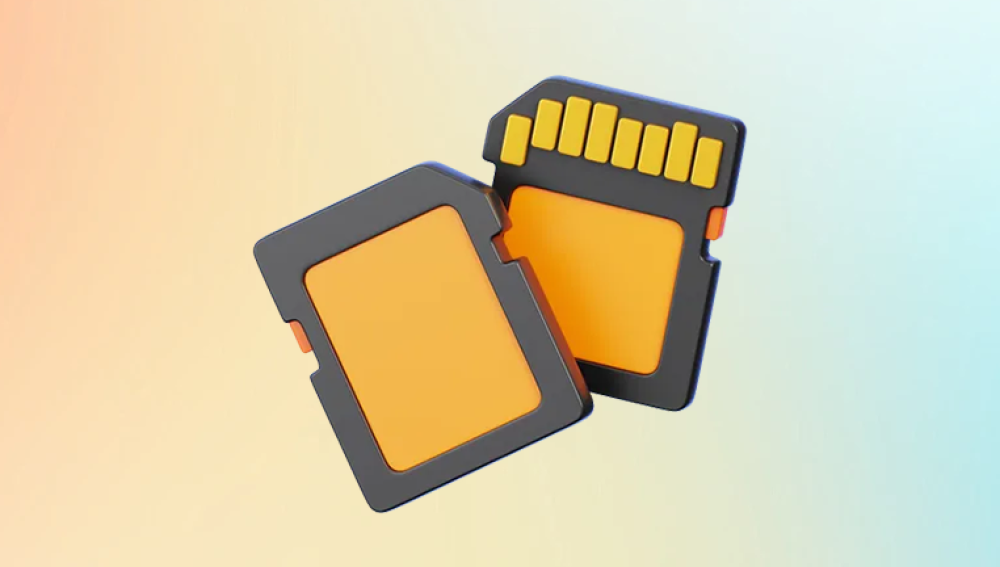However, like all storage media, SD cards are vulnerable to corruption and physical damage. Whether it's due to accidental removal during file transfers, virus attacks, file system errors, or physical wear and tear, losing valuable data from an SD card can be a frustrating experience. Fortunately, there are ways to recover your files even from a damaged SD card.
Types of SD Card Damage
Before attempting recovery, it’s crucial to understand the nature of the damage:
Logical Damage: The SD card is not physically broken but may be corrupted due to software issues, improper ejection, formatting errors, or malware.
Physical Damage: The card is physically broken, bent, or has damaged connectors.
Bad Sectors: Certain sections of the SD card are unreadable due to degradation over time.

Signs of a Damaged SD Card
SD card is not recognized by the device or computer.
Error messages like "Card needs to be formatted," or "Card is not accessible."
Files are missing, corrupted, or unreadable.
Slow performance or frequent freezing when accessing files.
Initial Checks Before Recovery
Try a Different Device or Card Reader: Sometimes the issue lies with the card reader or USB port. Test the SD card on multiple devices.
Use Disk Management (Windows) or Disk Utility (Mac) to see if the card is detected at the system level.
Check for Write Protection Switch: Some SD cards have a physical switch that prevents writing or formatting.
Software Tools for Recovery from Logically Damaged SD Cards
Drecov Data Recovery
Drecov Data Recovery also includes a file preview option, allowing users to see recoverable files before restoring them. Its intuitive interface guides users through each step, making it accessible even to those with minimal tech experience. Additionally, the software is compatible with both Windows and macOS operating systems.
Although no data recovery tool can promise 100% results especially if the lost data has been overwritten Drecov Data Recovery offers a high success rate for common scenarios like accidental deletion, formatting, and partition errors. For those facing more complex or physical damage issues, it’s recommended to consult a professional data recovery service.
How to Use Data Recovery Software:
Stop Using the Card Immediately: Do not write new data onto it.
Download and Install Recovery Software on your computer.
Insert the SD Card using a card reader.
Run the Software and choose the SD card as the target.
Choose Scan Type (Quick Scan or Deep Scan).
Preview and Select Files to recover.
Recover and Save Files to a different location (not on the same SD card).
Recovery from Physically Damaged SD Cards
If your SD card has physical damage, software recovery might not work. Here are your options:
Inspect for Visible Damage: Check connectors and body.
Use a Professional Recovery Service: Services like DriveSavers, Secure Data Recovery, and Ontrack have specialized tools for physical damage.
Avoid DIY Repairs: Trying to fix a broken card with home tools can lead to permanent loss.
Using CMD (Command Prompt) for Basic Repairs (Windows Only)
Open Command Prompt as Administrator.
Type chkdsk X: /f (replace X with your SD card drive letter).
Press Enter. The tool will scan for file system errors and attempt to fix them.
If successful, your data may become accessible again.
Recover Data Using Disk Utility (Mac)
Open Disk Utility.
Select the SD card from the sidebar.
Click on First Aid and run the repair process.
If it completes without errors, check Finder for recovered data.
Formatting and Restoring (As a Last Resort)
If recovery fails but the card is recognized:
Backup whatever data you can.
Format the SD card using:
Windows: Right-click > Format > Choose FAT32 or exFAT.
Mac: Use Disk Utility > Erase > Select Format.
Use Data Recovery Software again post-format to attempt recovery.
Preventing Future SD Card Data Loss
Always eject the card safely.
Avoid using the same card across multiple devices.
Back up important files regularly.
Use high-quality branded SD cards.
Replace old cards periodically.
When to Seek Professional Help
If the card shows signs of physical damage, makes clicking noises, or remains undetected across multiple systems, don’t take further action yourself. Contact a professional data recovery service.
While SD card damage can cause data loss, not all hope is lost. With the right tools and techniques, it’s possible to restore much of your data. Start with basic troubleshooting and software solutions for logical damage, and escalate to professional services when physical damage is involved. Being proactive with backups and careful handling can also save you from future data loss. Whether you’re a photographer, business user, or everyday consumer, restoring data from a damaged SD card is often within reach—you just need to take the right steps at the right time.




